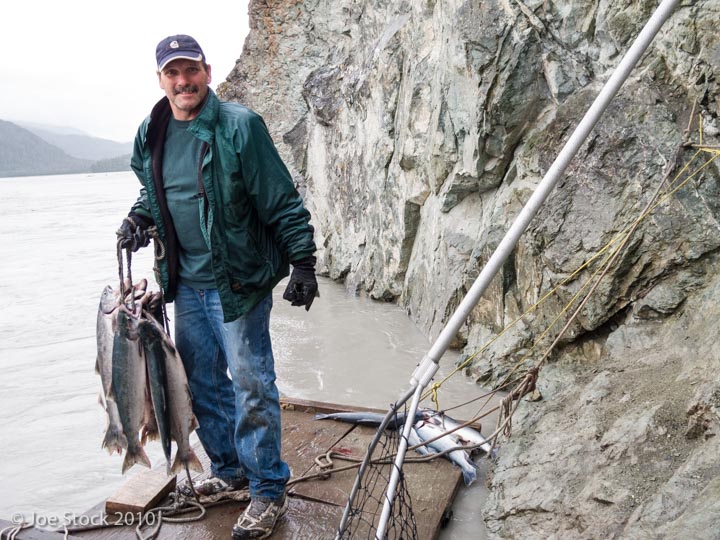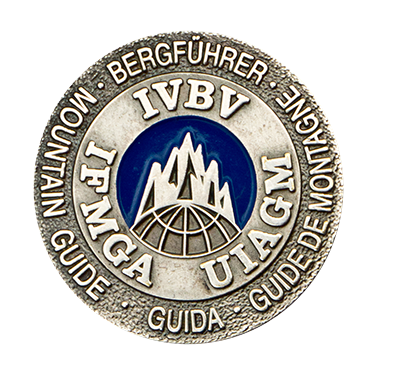Subsistence—eating from the land—is part of living in Alaska. Shooting a moose, gathering five-gallon buckets of blueberries, or loading the freezer with salmon. Most Alaska residents collect fish using nets on poles, called dipnets as native Americans did on the Columbia River in Oregon before The Dalles Dam flooded Celilo Falls in 1957. Understand that dipnetting is not fishing. It's grocery shopping Alaska style. Also understand that in Alaska it is a capital offense to eat Atlantic (farmed) salmon.
Red (sockeye) salmon from the Copper River are known as the best tasting salmon in the world. To swim up this massive and powerful river to their spawning creeks these fish become strong swimming muscles. In other words: fat, bright red fillets for the bar-b-que.
Jamie Montesi, a graduate school friend, joined Cathy and I for a Copper River marathon. We left home in the afternoon driving five hours to Chitna, slayed them and returned 24 hours later with 100 pounds of fillets and bellies.

Cathy and Jamie enjoying the Chitna beach scene. In previous years the water was lower exposing a rocky beach. We have our nets tethered for the strong current. Cathy is also tethered in case a 75-pound king salmon nails her net.

A Fairbanks local packing up after limiting out with 20 fish, freeing the choice eddy for us.

The Copper in July is an icy torrent draining hundreds of glaciers in the Wrangell, St. Elias, Chugach and Alaska Ranges. The fish are often slow for 15, 30 or more minutes, but when they're hitting it's game on and you better not fall in.

Cathy flogging a red before pulling it from Jamie's net.

Spawned slightly pink but not Pinkie Mankerson.

Slit the gills, string the fish, slurp some Peeber and drop the net back in.

Jamie filleted fish until 3 AM on the Chitna beach, then we packed up and drove home. Back in Anchorage we de-slimed the fish in a vinegar bath and divided up the spoils.

Job done, time for another Buddy. We took 68 pounds to Copper River Seafoods in south Anchorage for vacuum packing. We kept the remaining fillets for immediate eating and the delicious belly strips for smoking.

